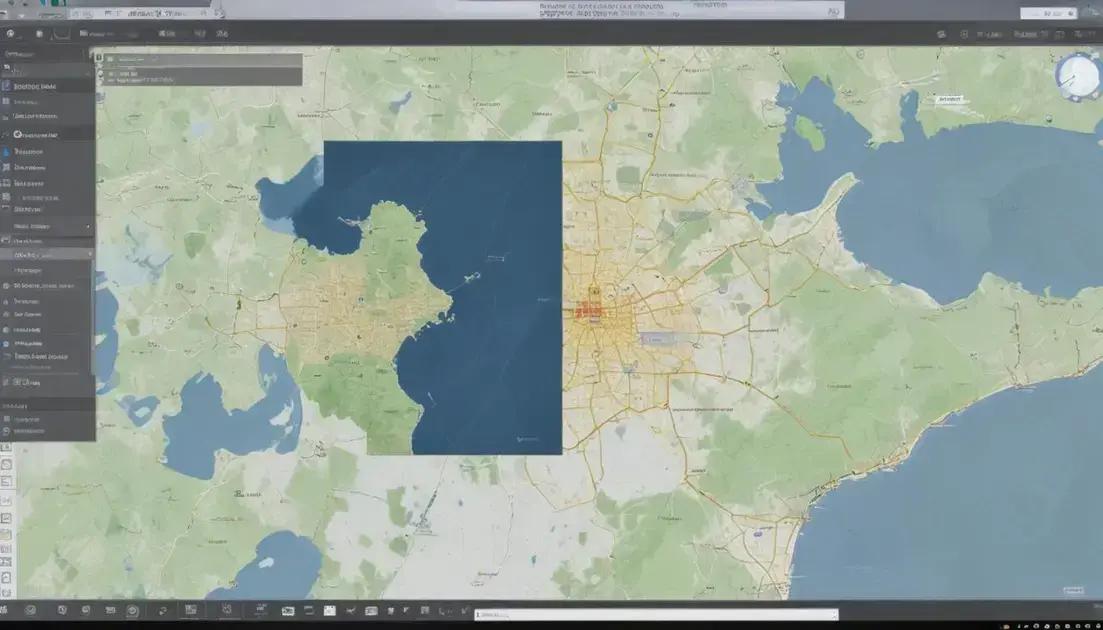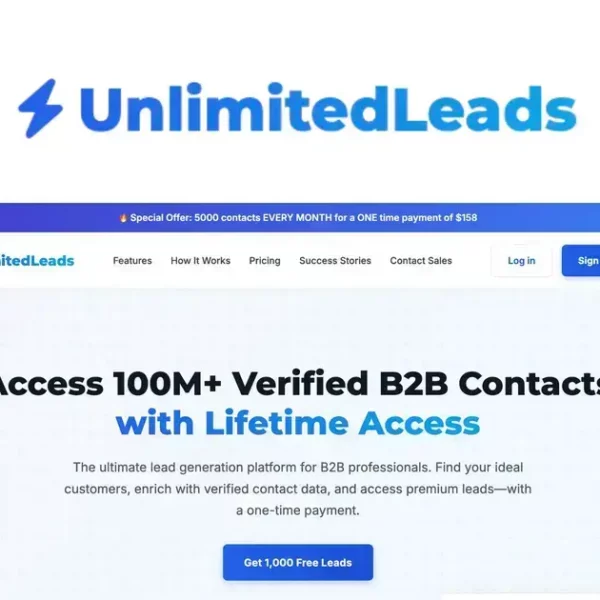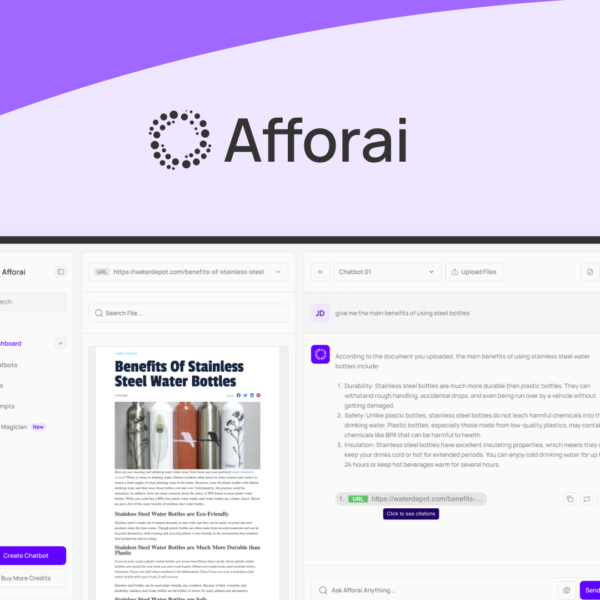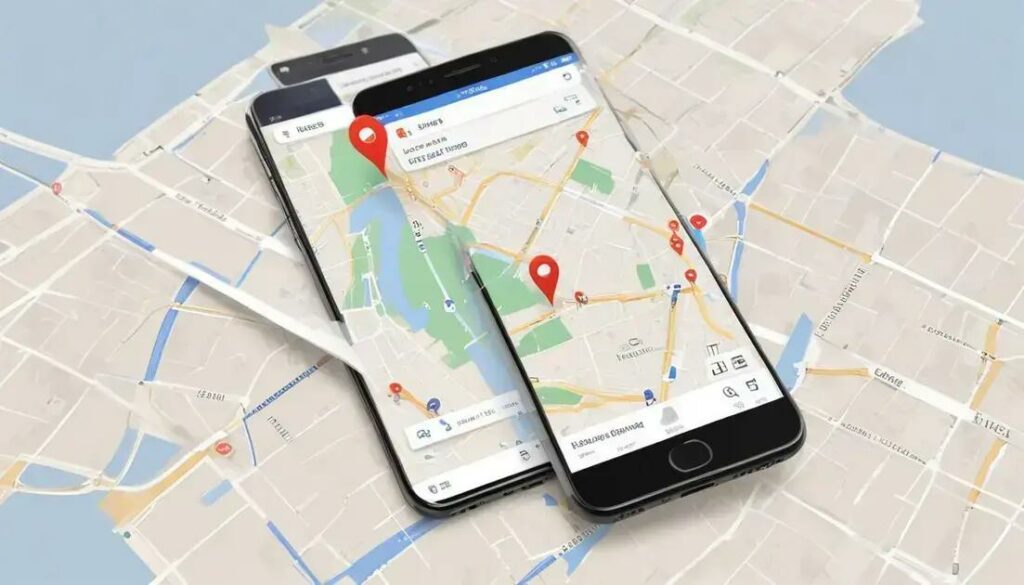When it comes to location-based apps, Address Lookup is a game-changer! It connects users with precise locations to enhance their experience—think about it!
Address Lookup: A Vital Component in Geolocation Apps
Address lookup is crucial for geolocation apps. It helps users find where they are and where they want to go. Users expect accuracy and speed. Address lookup makes that happen!
What is Address Lookup?
Address lookup is the process of converting an address into geographic coordinates. This means translating something you write, like “123 Main St,” into map points that the app can use. This process is called geocoding. It’s like finding a treasure map where the location is marked!
Why Is It Important?
Imagine needing directions and the app can’t find your address. Frustrating, right? That’s why address lookup is vital. It ensures users get accurate results. This makes their experience smoother and more enjoyable.
How Does It Work?
When you type an address, the app sends it to a service that quickly finds its coordinates. This happens in seconds! The service checks databases with tons of addresses. Once it finds a match, it returns the location to the app.
Using Address Lookup in Your Apps
If you’re designing a location-based app, consider using address lookup features. It will help your app stand out. Users will appreciate the ease of finding their destinations. Adding this feature can boost user satisfaction.
Challenges to Consider
Even though address lookup is helpful, it can face challenges. Not all addresses are in databases. This might lead to missing or incorrect locations. It’s crucial to keep the address data updated. That way, users always get the best results.
By understanding and implementing address lookup, developers can create more effective and user-friendly geolocation apps. This feature is not just important; it’s essential for success!
How Address Lookup Works: Geocoding and Reverse Geocoding

Address lookup involves two main processes: geocoding and reverse geocoding. These processes help convert addresses into coordinates and vice versa.
What is Geocoding?
Geocoding is when an address is turned into latitude and longitude. For example, if you input “1600 Amphitheatre Parkway, Mountain View,” the system finds its exact location on a map.
How Does Geocoding Work?
When you type an address, the app sends it to a geocoding service. This service checks databases that hold millions of addresses. Once it finds a match, it sends back the location’s coordinates.
What is Reverse Geocoding?
Reverse geocoding does the opposite. It takes coordinates and finds the closest address. If you have a location marked on a map, this process helps to identify what that location’s address is.
Using Reverse Geocoding
Reverse geocoding can be useful for showing users their current address. It can also help in navigation apps. When you arrive at a location, the app can quickly display the relevant address.
Speed and Accuracy Matter
The speed and accuracy of geocoding and reverse geocoding are essential. Users want results quickly and correctly. This reliability improves the overall experience with location-based apps.
Both geocoding and reverse geocoding play a vital role in making navigation easy. They connect users with the right locations at the right time!
Importance of Accurate Address Delivery in Apps
Accurate address delivery is very important for mobile and web apps. Users rely on correct addresses to find locations. When an address is wrong, it can cause frustration and confusion.
Why Accuracy Matters
When users enter an address, they expect results. If the app delivers incorrect info, it leads to bad experiences. Users might get lost or miss important appointments. That’s why precision is key!
Benefits of Accurate Addresses
Using accurate address delivery improves user trust. When users see that the app works well, they feel more satisfied. This can lead to returning customers and good reviews.
Real-World Examples
Delivery apps are a perfect example. If their address delivery is off, packages might not arrive on time. This can upset customers. But with accurate addresses, deliveries go smoothly.
How to Ensure Accuracy
Implementing address validation tools helps. These tools check if an address is valid before processing. This added step can save time and enhance the user experience.
Impact on Business
Accurate address delivery can also impact a business’s bottom line. Happy customers are more likely to return. They might even recommend the app to others. This boost in reputation can lead to growth.
Overall, accurate address delivery is essential in today’s apps. It supports user experience and helps businesses succeed!
Technology Stack for Building Location-Based Apps

Building location-based apps requires a solid technology stack. The right tools and frameworks make a big difference. Let’s explore what you need!
Front-End Technologies
For the front end, you might use HTML, CSS, and JavaScript. These languages create the user interface. React or Angular can help make it dynamic and engaging.
Back-End Technologies
The back end is where the app’s magic happens. You can use languages like Python or Node.js. These help manage databases and server logic.
Geolocation APIs
Don’t forget about geolocation APIs! Google Maps API and Mapbox are popular choices. They provide mapping services and help with geocoding.
Database Options
For storing user data and locations, you need a good database. MongoDB and PostgreSQL are great options. They can handle large amounts of data effectively.
Cloud Services
Using cloud services, like AWS or Azure, is smart. They provide scalable storage and computing power. You can grow your app without worrying about hardware limits.
Testing and Deployment
Once development is complete, don’t skip testing. Use tools like Jest or Selenium. After testing, deploy your app using services like Heroku or Firebase.
Choosing the right technology stack is key to building successful location-based apps. It ensures your app runs smoothly and meets users’ needs!
Privacy and Security in Geolocation: What Developers Need to Know
Privacy and security are critical in geolocation apps. Developers must understand how to protect user data effectively. It builds trust and keeps users safe.
Why Privacy Matters
Users share their location for convenience. But this data is sensitive. If mishandled, it can lead to privacy breaches. Users must feel secure when using your app.
Data Encryption
Using strong data encryption is essential. This makes sure that user data is unreadable to outsiders. Tools like TLS help secure data in transit. Without encryption, hackers can access private information.
User Consent
Always ask for user consent before collecting location data. Be clear about what information you collect and why. Users should know how their data will be used. This transparency builds trust.
Data Minimization
Collect only the data you need. Avoid gathering extra information that isn’t necessary. Less data means less risk in case of a breach. This practice is known as data minimization.
Regular Security Audits
Conduct regular security audits to check for vulnerabilities. These audits help find weak spots in your app’s security. Fixing them quickly keeps user data safe.
Compliance with Laws
Make sure to comply with privacy laws and regulations. Laws like GDPR set strict rules on data handling. Understanding and following these laws is crucial for legal protection.
By focusing on privacy and security, developers can create trustworthy geolocation apps. This practice not only protects users but also enhances the app’s reputation.
Essential Tips for Creating an Effective Location-Based App

Creating an effective location-based app takes planning and smart choices. Here are some essential tips to guide you!
1. Understand Your Users
Start by knowing who your users are. What problems do they face? Understanding their needs helps you create features that truly matter. User surveys can provide valuable insights.
2. Focus on User Experience
User experience is key in app design. Make navigation simple and intuitive. A clean layout helps users find what they need quickly. Remember, people want apps that are easy to use!
3. Utilize Accurate Location Services
Use reliable location services like GPS. They help provide accurate data for your app. You want your app to deliver precise information, whether it’s for directions or local recommendations.
4. Prioritize Speed and Performance
No one likes a slow app. Ensure your app loads quickly and runs smoothly. Optimize images and reduce unnecessary code. Fast performance keeps users engaged and satisfied.
5. Incorporate Offline Functionality
Users often need access without internet. Consider adding offline features. For example, allow access to maps or saved locations. This ensures your app remains useful even when connectivity is poor.
6. Regular Updates
Keep your app fresh with regular updates. Add new features and fix bugs. Listening to user feedback can lead to great improvements. Updated apps retain user interest and attract new downloads.
By following these tips, you can create a location-based app that users love. An engaging app not only meets their needs but also stands out in the crowded app market.




